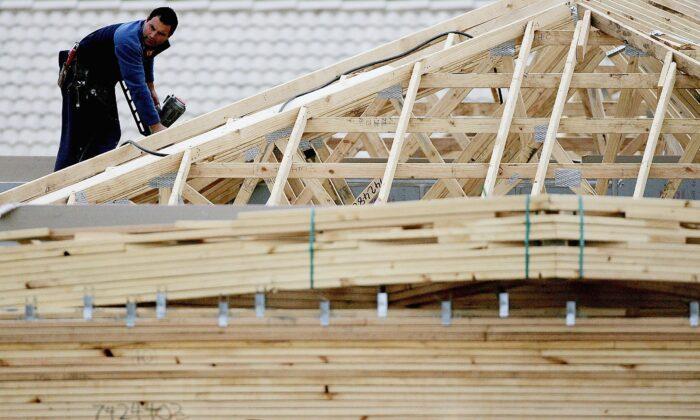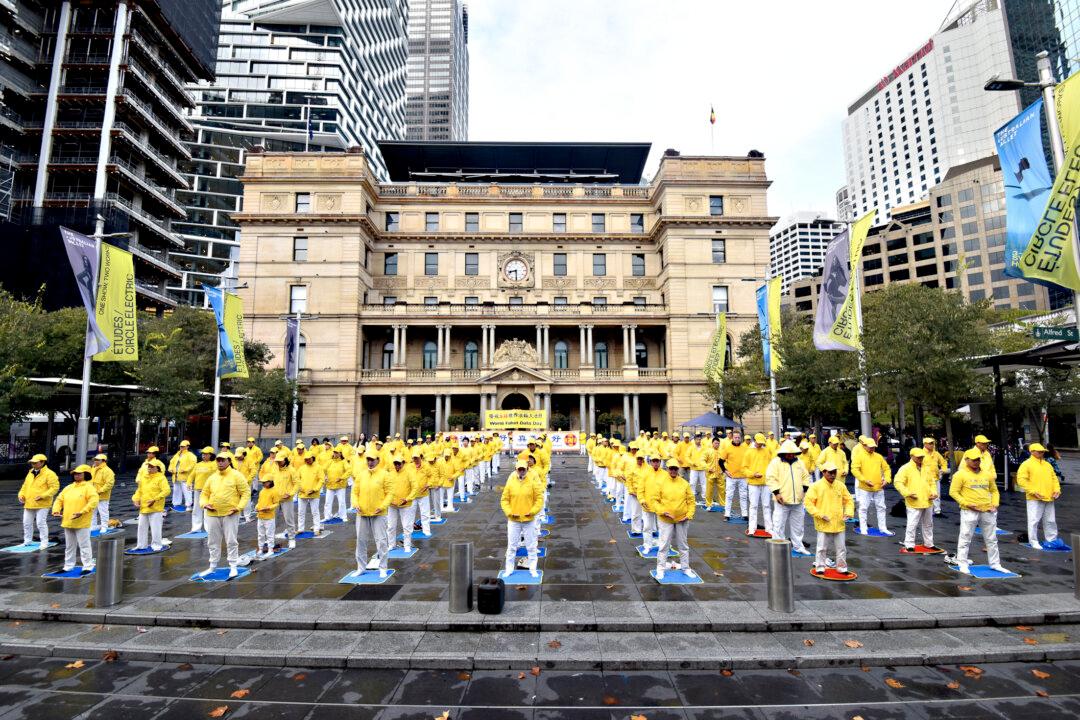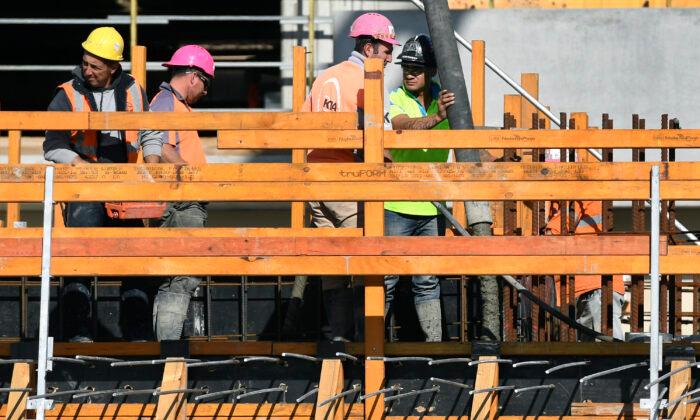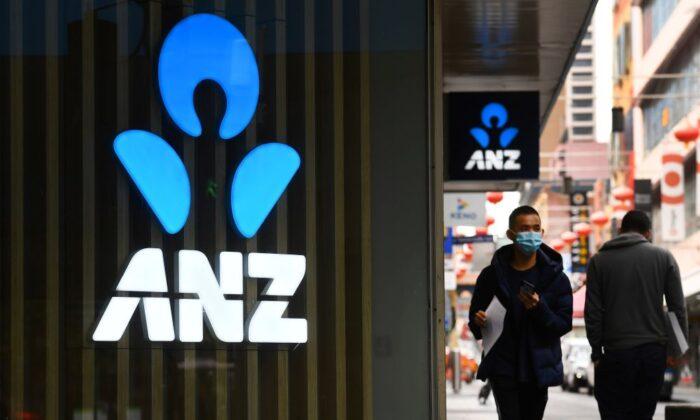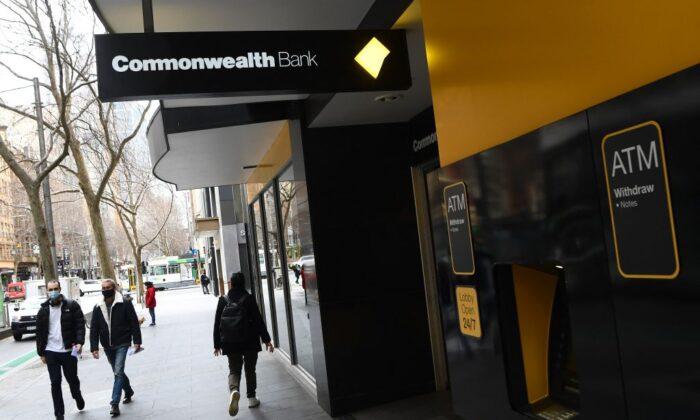The effect of the stimulus measures targeting the Australian housing industry is emerging latest official statistics reveal.
August housing finance figures released on Oct. 9 recorded a sharp monthly rise of 12.6 percent, with both owner-occupiers and investors making up the majority of those seeking finance for the third consecutive month, following historically large falls in May.
The continuation of the upward momentum, led by the lending for construction and new home purchase, points to the immediate boost of the Homebuilder scheme delivered in June. It has also been facilitated by a historic low-interest-rate environment.
The latest data by the Australian Bureau of Statistics (ABS) show the value of owner-occupier home loan commitment posted a record monthly increase, hitting the peak in the history of the series at $16.3 billion.
However, she noted that the August figures reflect only customer demand in June and early July due to delay in lender processing times. This means the statistics show no impact from Victoria’s stage 3 and stage 4 restrictions which had just started.
The number of loans to first home buyers also recorded a significant growth, with loan value rising by 17.7 percent to reach the highest level since October 2009.
Tim Reardon, chief economist for Housing Industry Association (HIA), the peak body of the nation’s home building industry, attributed the surge in the first home buyers to various government incentives including HomeBuilder, the First Home Loan Deposit Scheme and discounts and exemptions on stamp duty, as well as a low-interest-rate environment.
Uncertainties Ahead
Despite the encouraging uptick in statistics, uncertainties are surrounding the housing finance sector as well as the housing industry due to the variation in policy response at the state level.Westpac economist Matthew Hassan said that Australia would see the impact on lending from Melbourne’s lockdown in next month’s figures.
Property Council of Australia chief executive, Ken Morrison also raised concerns over the looming expiration of Homebuilder scheme on Dec 31.
Praising the scheme as a “the pop star” that is “ highly effective, immediate and good value for money”, Morrison said there was still a long way to go before property industry sentiment returned to its pre-COVID levels.
“As household income supports such as JobSeeker and JobKeeper are wound back over the next few months, all levels of government will need to step in with incentives that will deliver fast and effective stimulus to build momentum for recovery.”
Despite the acknowledgement that Australian households’ finances have been cushioned from the impact of the pandemic by support measures, the central bank said that if the unemployment rate hits 10 percent, it will double the rate of housing arrears.
“While credit is available at very low-interest rates, reduced housing demand from very low immigration and the rise in unemployment contribute to the risk of further falls in housing prices,” the report stated. “This increases the potential for losses for lenders in the event of a rise in distressed sales.”
